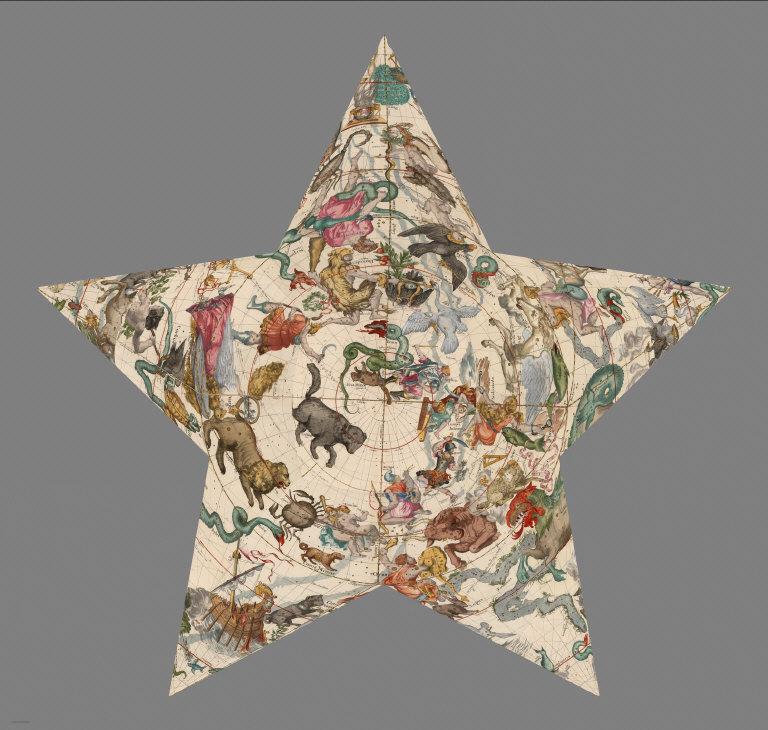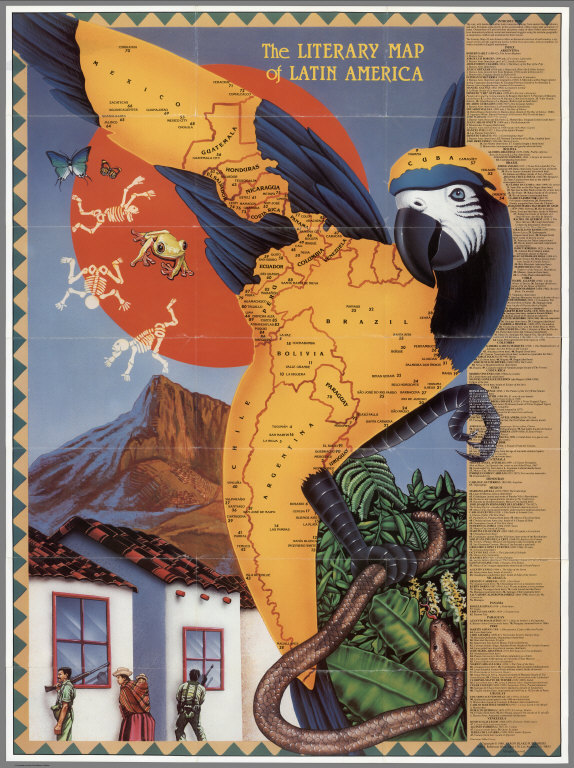Wayne’s World kind of ruined “Stairway to Heaven” for me. Yes, it’s been 27 years, but I still can’t help but think of Wayne turning to the camera with his stoner grin, saying “Denied!” when the guitar store clerk points out a “No Stairway to Heaven” sign. It was not a song I took particularly seriously, but I respected the fact that it took itself so seriously… and threaded my way out of the room if someone picked up a guitar, earnestly cocked an ear, and played those gentle opening notes.
Now I giggle even when I hear the magisterial original intro. This is not the fault of Zeppelin but of the many who approach the Zeppelin temple of rock grandiosity unprepared, attempting riffs that only Jimmy Page could pull off with authority. At least the joke gave us a way to talk about the phenomenon: in lesser hands than Led Zeppelin’s “Stairway” can sound… well, a bit ridiculous (with apologies to Dolly Parton.) Although accused (and acquitted) of ripping off the opening notes to Spirit’s instrumental “Taurus,” the song is all Zeppelin in every possible way.
“Stairway” is a representative sampler pack of the band’s signature moves: mixing folk rock and heavy metal with a Delta blues heart; exploding in thunderheads of John Bonham drum fills and a world-famous Page solo; Plant screaming cryptic lyrics that vaguely reference Tarot, Tolkien, English folk traditions and “a bustle in your hedgerow”; John Paul Jones’ wildly underrated multi-instrumental genius; bizarre charges of Satanic messages encoded backwards in the record…. (bringing to mind another Wayne’s World actor’s character.)
“Stairway… crystallized the essence of the band,” said Page later. “It had everything there and showed us at our best. It was a milestone.” It set a very high bar for big, emotional rock songs. “All epic anthems must measure themselves against ‘Stairway to Heaven,’” writes Rolling Stone. It is “epic in every sense of the word,” says the Polyphonic video at the top, including the literary sense. It can “make you feel like you’re part of a different time, part of a different world. It can make you feel like you’re part of a story.”
That story? “One of the greatest narrative structures in human history,” the Hero’s Journey, as so famously elaborated by Joseph Campbell in The Hero With a Thousand Faces—an archetypal mythological arc that has “permeated stories for as long as humans have told them.” Not only do Robert Plant’s mystical lyrics reflect this ancient narrative, but the song’s composition also enacts it, building stage by stage, from questioning to questing to battling to returning with the wisdom of how “to be a rock and not to roll.”
The song’s almost classical structure is, of course, no accident, but it is also no individual achievement. Hear the story of its composition, and why it has been so influential, despite the jokes at the expense of those it influenced, in the Polyphonic video at the top and straight from Jimmy Page himself in the interview above.
Out of all of Zeppelin’s many epic journeys, “Stairway” best represents “the reason,” as cultural critic Steven Hyden writes, “why that band endures… the mythology, that Joseph Campbell idea of an epic journey into the wild that Zeppelin’s music represents, the sense that when you listen to this band, you feel like you’re plugging into something bigger and more profound than a band.” Or that the band is opening a doorway to something bigger and more profound than themselves.
Related Content:
48 Hours of Joseph Campbell Lectures Free Online: The Power of Myth & Storytelling
Jimmy Page Describes the Creation of Led Zeppelin’s “Whole Lotta Love”
What Makes John Bonham Such a Good Drummer? A New Video Essay Breaks Down His Inimitable Style
Josh Jones is a writer and musician based in Durham, NC. Follow him at @jdmagness










